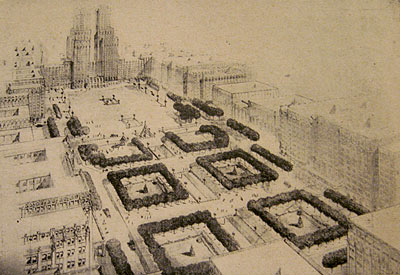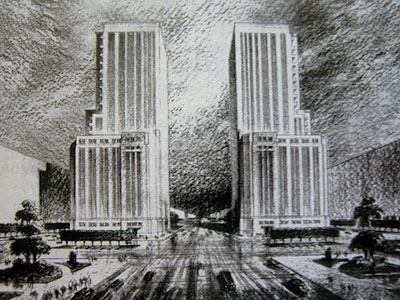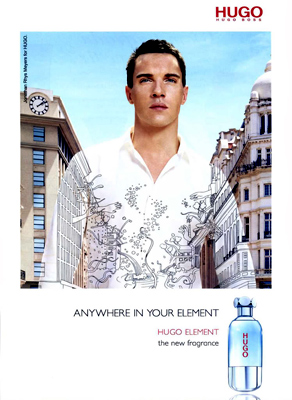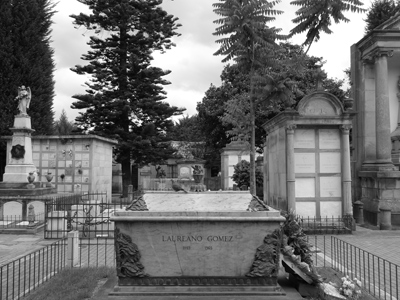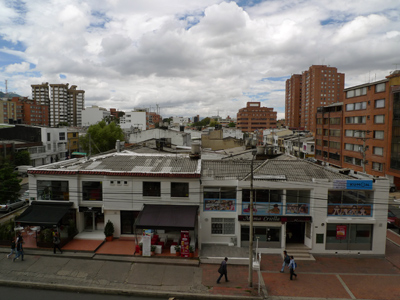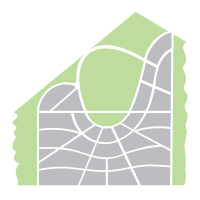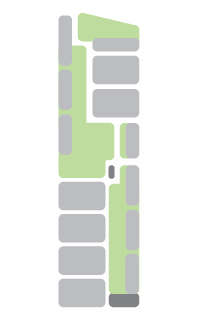Bogotá’s growth as a city seemed to be outward rather than upward. Its relative lack of tall buildings point to the fact that acquiring new land was more economic than tearing down older structures & constructing taller ones in their place. Also, the fact that the region is prone to earthquakes made building low a priority. Good examples of colonial buildings dot La Candelaria. The biggest wow for me was the Franciscan Iglesia La Tercera, with construction beginning in 1760 & full of exquisite Rococo carvings… probably of walnut, very dark & sensual:
Read More »bogotá: architecture 